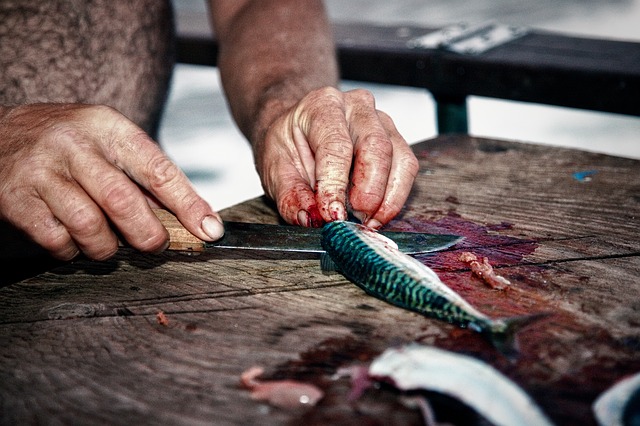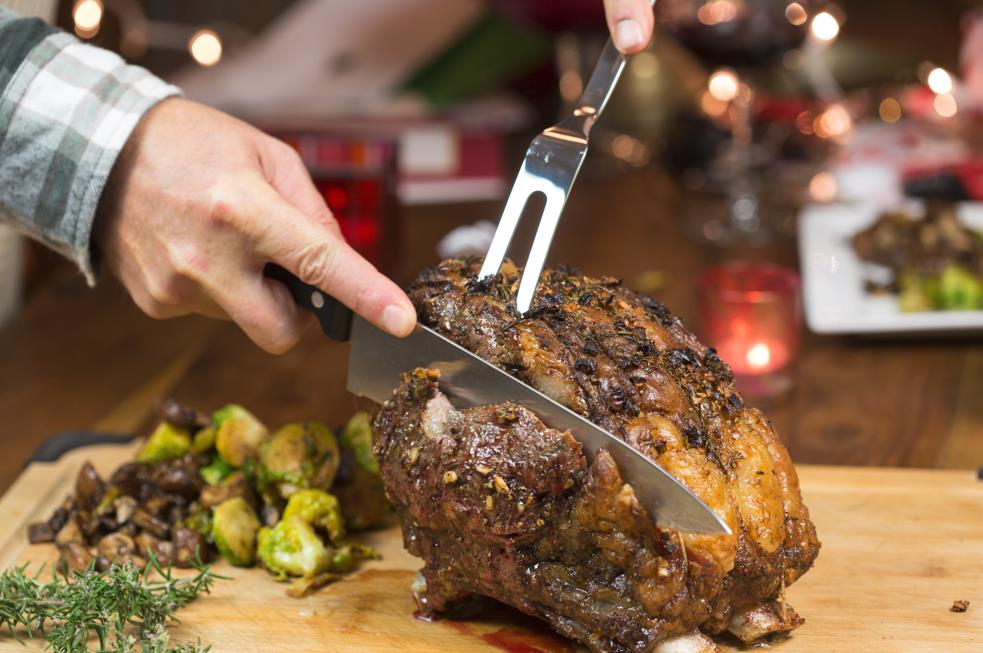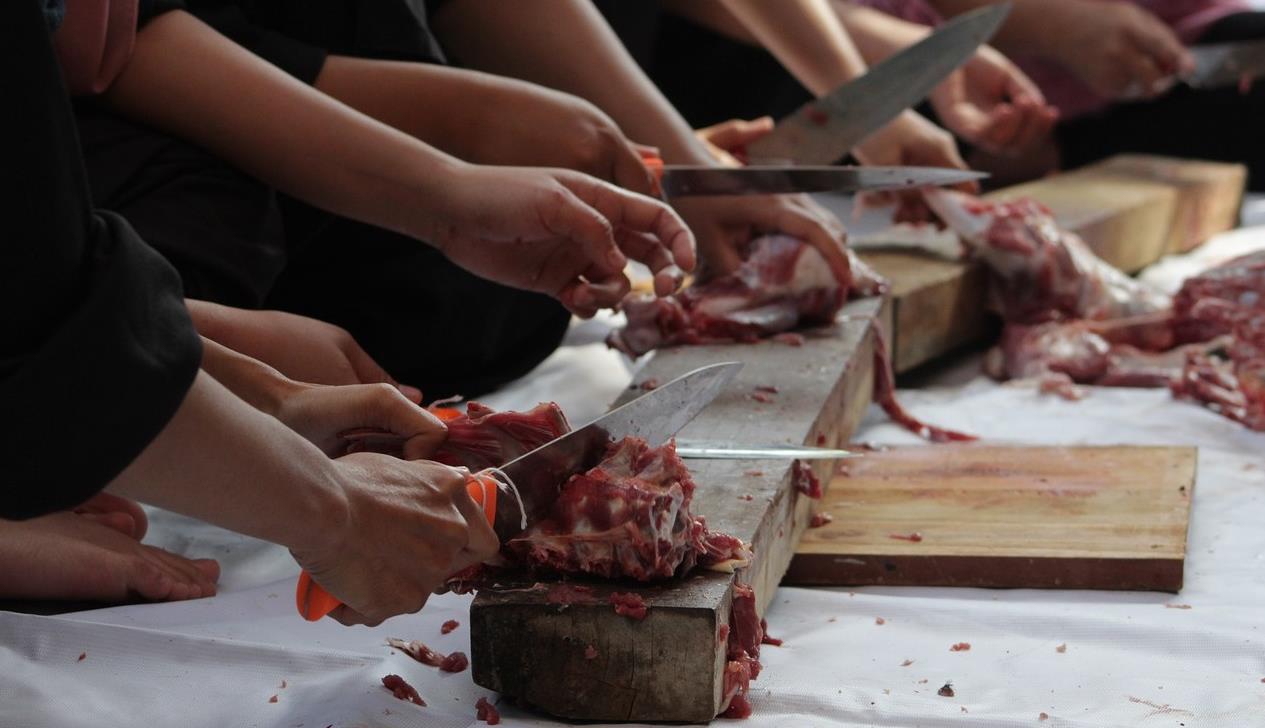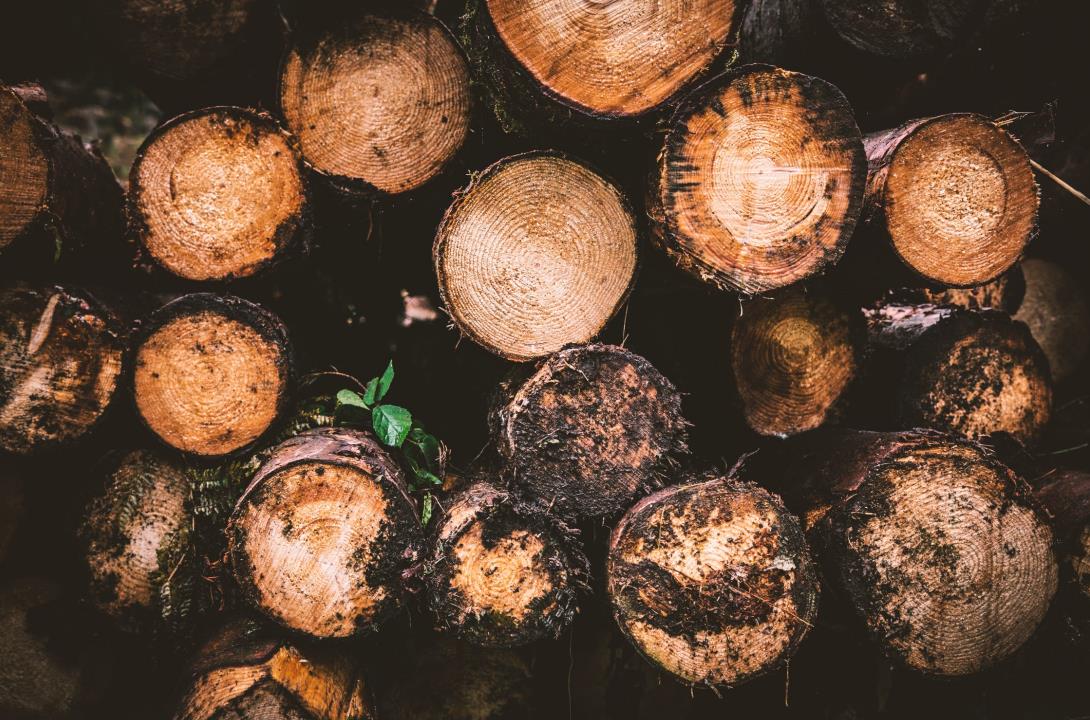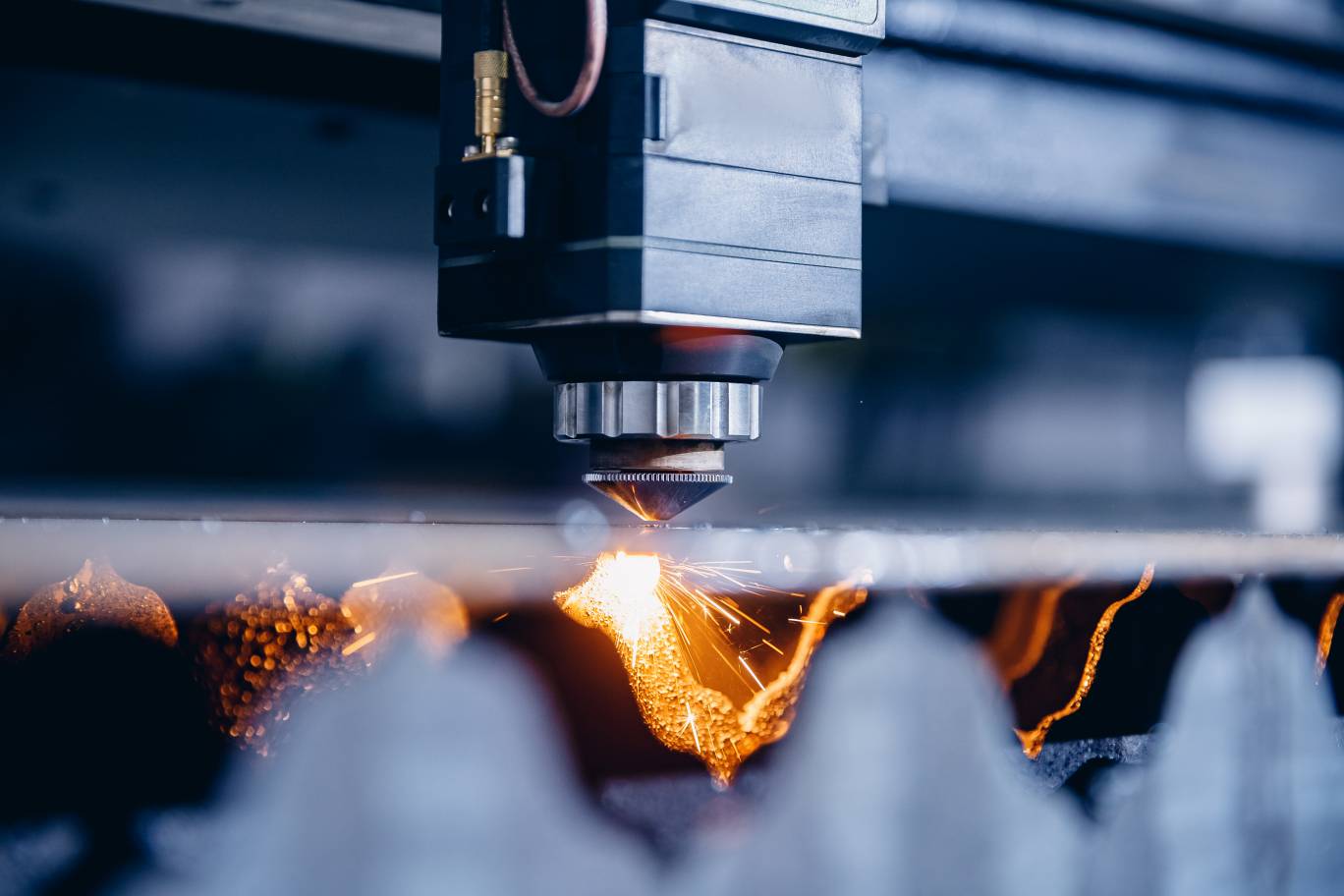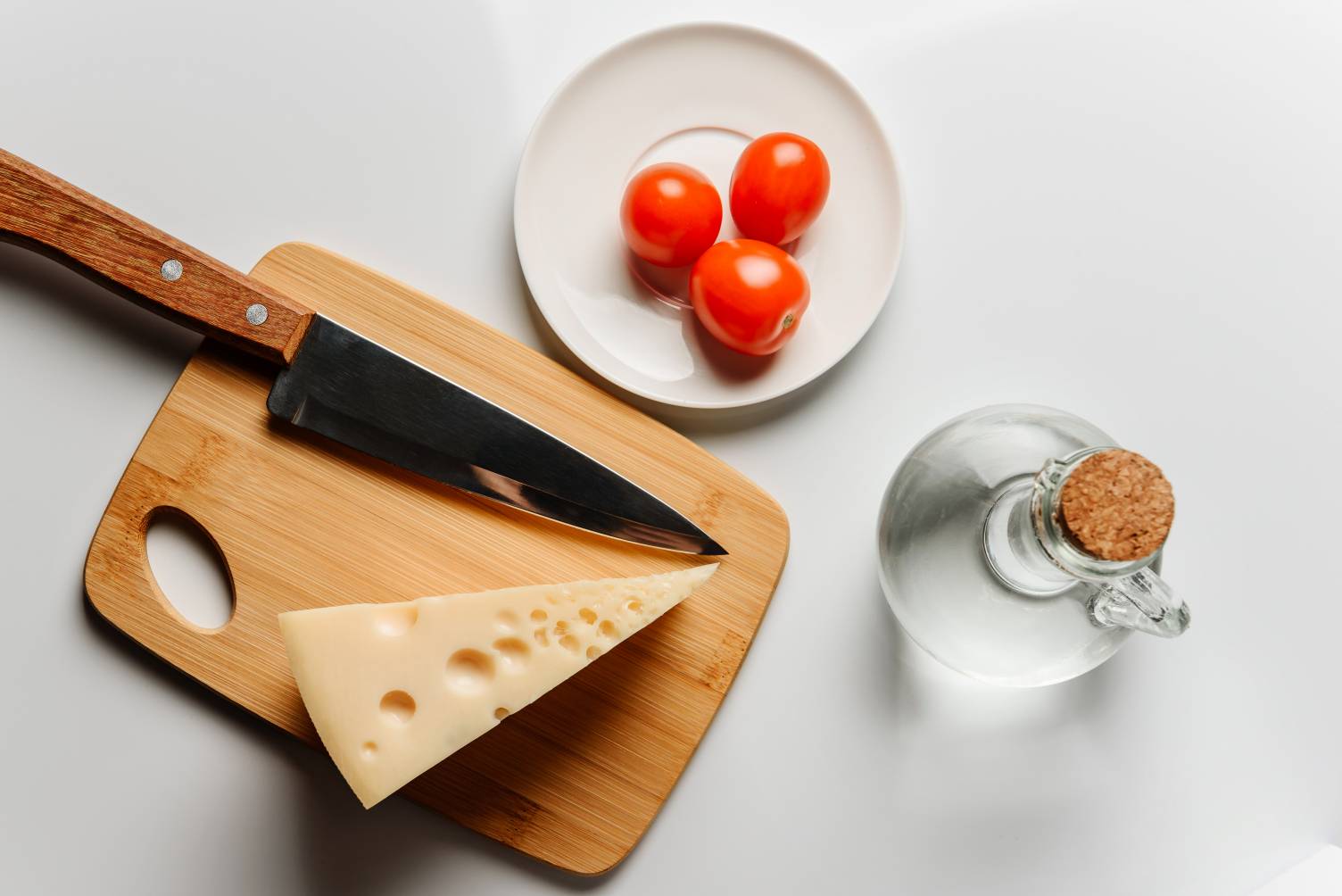1.4116 steel is a martensitic stainless steel. You may recognize it as the material often used in Swiss Army knives and German cutlery. 1.4116 steel is known for its high corrosion resistance, durability, and mediocre hardness. Though it is considered a budget steel, kitchen knives made from it are surprisingly associated with high-end brands such as Zwilling and Wusthof. However, within the pocket knife community, it is not a popular steel. It’s safe to say 1.4116 is exclusively a cutlery steel at this point.
As we touched on earlier, the biggest advantages of 1.4116 steel are its rust resistance and the ability to resist abusive use, despite not being the hardest steel available. In this article, we’ll delve into why the steel performs so well in those regards. As you read on, we’ll also compare the steel with other choices you may find in kitchen knives, along with some bonus tips on sharpening and maintaining knives made from this steel.
Table of contents
What is 1.4116 steel?
1.4116 steel, also known as X50CrMoV steel, is a grade of low-alloy stainless steel with a different naming system. It is a German steel primarily used to make knives of German brands. Despite not matching the hardness of Japanese steel, 1.4116 steel is valued for its toughness. Customers of these brands typically prioritize the longevity of a knife over its ability to make fine and exquisite cuts. That’s why 1.4116 steel continues to be a preferred choice, despite being considered inferior to Swedish steel like 14C28N or Japanese steel like VG10.
1.4116 steel composition
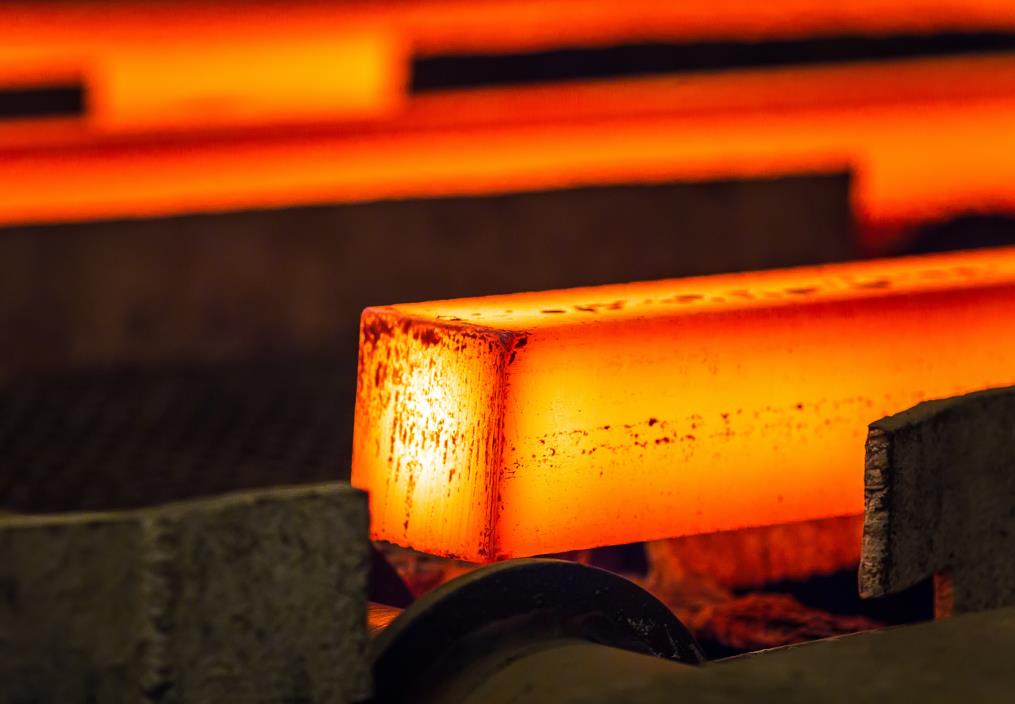
The table below lists the chemical composition of 1.4116 steel:
| Element | Percentage |
| Carbon | 0.45%–0.55% |
| Chromium | 14%–15% |
| Vanadium | 0.1%–0.2% |
| Molybdenum | 0.5%–0.8% |
| Phosphorus | 0.04% |
| Manganese | 1% |
| Silicon | 0.5%–1% |
| Sulfur | 0.015% |
The main building block of 1.4116 steel is iron (Fe), along with carbon and other trace elements like chromium, vanadium, molybdenum, phosphorus, manganese, and silicon. The 0.55% carbon content increases hardness and improves its resistance to abrasion.
The 15% chromium gives the steel corrosion resistance, while the vanadium enhances hardness and toughness. Molybdenum enhances the steel’s toughness and wear resistance.
Phosphorus and sulfur are known impurities but are present in small quantities to increase machinability. The addition of manganese during heat treatment improves the hardenability of the steel.
1.4116 steel properties: How is it as a kitchen knife material?
When choosing the perfect kitchen knife material, a balance of properties is desired. The 1.4116 steel is favored for its high corrosion resistance, easy sharpening ability, and toughness. Below is how 1.4116 steel performs in each of these properties:
Hardness
The hardness of 1.4116 steel falls within the soft steel range, typically ranging between 54 to 56 on the Rockwell Hardness Scale. To put things into perspective, 58 HRC can be considered hard, and 60+ can be considered premium, capable of replicating the thin, fine slices you see in restaurants. The low carbon content is the main reason for this low hardness.
While it is possible to heat treat 1.4116 steel to around the 58 HRC range, many manufacturers choose not to do so. This decision is mostly to further increase toughness and rust resistance, as increasing hardness will decrease these properties. Additionally, there are budget considerations; finer heat treatment increases manufacturing costs.
Corrosion resistance
The 1.4116 steel contains 15% chromium, giving it good corrosion resistance. The high corrosion resistance means the steel is food safe and can be used in professional kitchens. German kitchen knives are designed for heavy use and need to withstand exposure to moisture, acids, and other harsh chemicals. The 1.4116 steel is also easy to maintain because of its resistance to rust and stains.
Edge retention
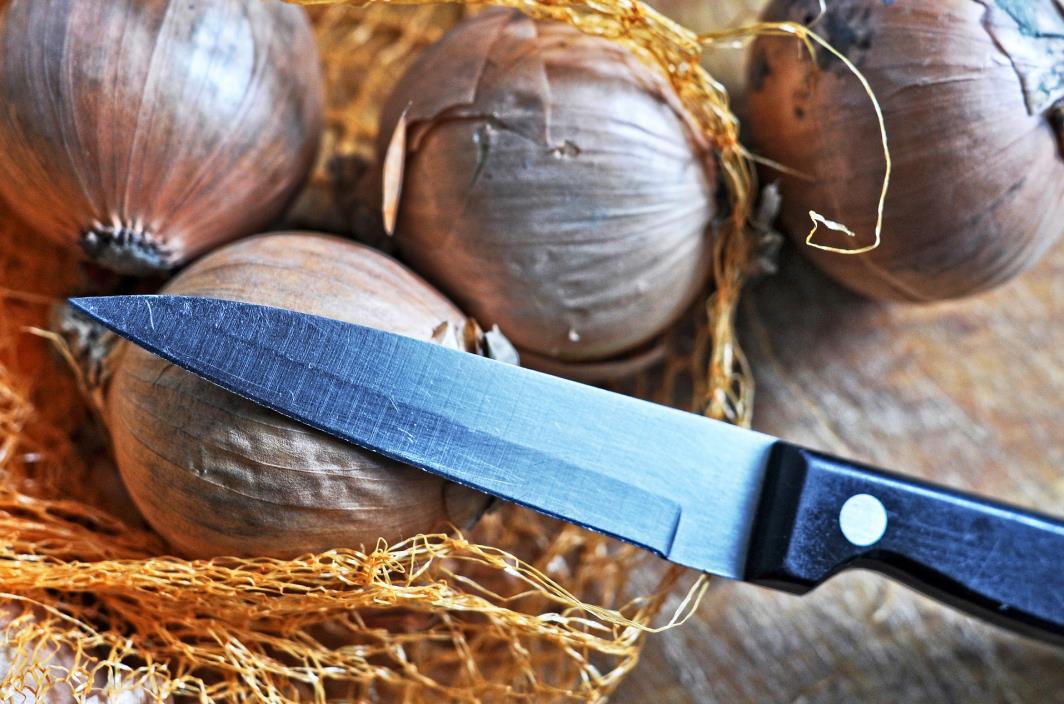
The low carbon content means the steel isn’t as hard as other high carbon steel and doesn’t hold an edge as well as other steel types. While it won’t dull very fast, you’ll need to sharpen the knife more often.
Toughness
1.4116 steel isn’t the toughest steel available, but it’s tough enough for most kitchen tasks. The steel is resistant to chipping and breaking, making it a good choice for general use kitchen knives. It balances hardness and toughness giving off a pretty much ideal kitchen knife.
The intermediate carbide contents available in 1.4116 also promote toughness. The carbides aren’t too large to make the steel brittle, and neither are they too small to significantly increase the hardness (HRC).
Wear resistance
Wear resistance is an essential property for knives as a damaged edge can lead to chipping. The 1.4116 steel has molybdenum in its composition, which increases wear resistance.
It doesn’t wear out faster than other steel types, but it’s important to keep the knife balanced and avoid heavy-duty use.
For instance, avoid grinding with hard abrasives like diamond and hard steel. Also, always use a ceramic honing rod to keep the edge sharp without grinding away steel.
1.4116 steel equivalent
Below is how the 1.4116 steel compares to other steels:
1.4116 steel vs. D2 Steel
D2 contains 1.40 to 1.60 percents of carbon. The high carbon content gives it high hardness properties, meaning the steel has better wear resistance. It also ensures the steel maintains its edge longer than the 1.4116 steel.
D2 doesn’t have enough chromium content to make it stainless steel. As such, it lacks corrosion resistance properties present in 1.4116 steel. However, it’s more expensive than 1.4116 steel and is mainly used in industrial applications like cutting tools and drills.
1.4116 steel vs. 440C stainless steel
When comparing 1.4116 stainless steel to 440C, the most notable differences arise in carbon content, hardness, and corrosion resistance. 1.4116 steel, often used in cutlery, has a lower carbon content, which provides a balance between strength and corrosion resistance. It is known for its ease of sharpening, making it a preferred choice for kitchen knives.
On the other hand, 440C stainless steel is distinguished by its higher carbon and chromium content, which attributes to a harder blade that retains its edge for longer periods. However, this increased hardness comes at the cost of more challenging sharpening. Although 440C can achieve higher hardness levels around 58-60 HRC, it’s less resistant to corrosion when compared to 1.4116.
1.4116 steel vs. 7Cr17MoV steel
7Cr17MoV steel is a Chinese stainless steel that contains about 0.7% carbon and 17% to 18% chromium. The high chromium content gives it excellent corrosion resistance, while the carbon gives it hardness properties.
7Cr17MoV is a popular steel in the manufacture of survival knives because it’s tougher and retains an edge better than 1.4116 steel.
How to sharpen a 1.4116 steel knife
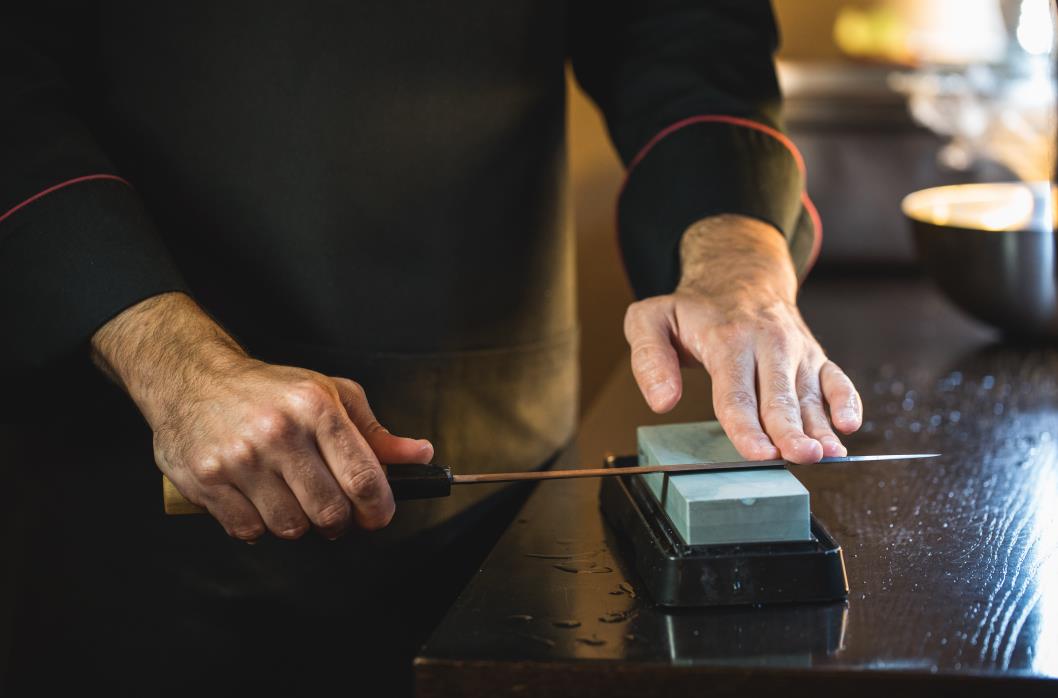
1.4116 isn’t a hard steel, so it’s easy to sharpen. However, it’s important to use the right sharpening tools and techniques to avoid damaging the blade.
Follow these steps to sharpen your 1.4116 steel knife:
- Firstly, make sure the sharpening stone is clean and free from debris. Rub a light coat of oil on the surface to help the sharpening process.
- Hold your knife at an angle of about 20 degrees as you sharpen. Apply pressure slowly and steadily, moving back and forth while maintaining a consistent angle.
- Start with a coarse grit stone and move to a finer grit as you progress.
- Finish up with a honing rod or leather strop to remove any burrs and help straighten the edge.
1.4116 steel requires frequent sharpening to maintain its edge. However, it’s a relatively easy steel to sharpen that you can do at home.
If you find it difficult to sharpen a 1.4116 steel knife, you can opt for professional sharpening services. Many knife repair shops offer this service at a reasonable price and will do a good job restoring the blade to its original sharpness.
Closing
1.4116 is a popular stainless steel, and for a good reason. It’s affordable to work with in terms of manufacturing and offers great value for home cooks.
However, for serious cooks looking to upgrade their cooking arsenal, high carbon steel knives are the way to go. For example, the 65Mn high carbon manganese steel we use offers excellent hardness up to 60 HRC, enabling you to perform complicated cuts and create exquisite dishes. To learn more, visit our store for high-quality knives that will elevate your cooking experience.




